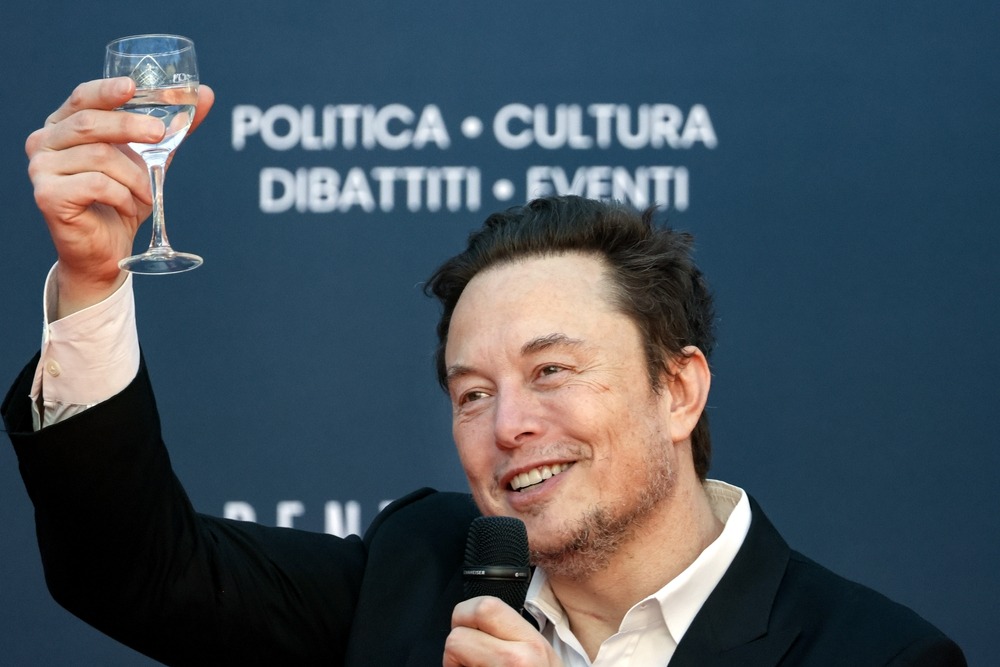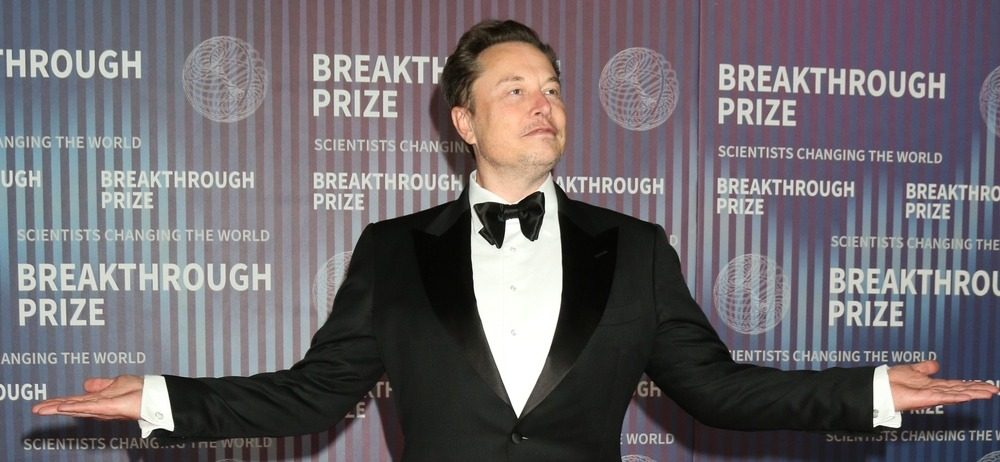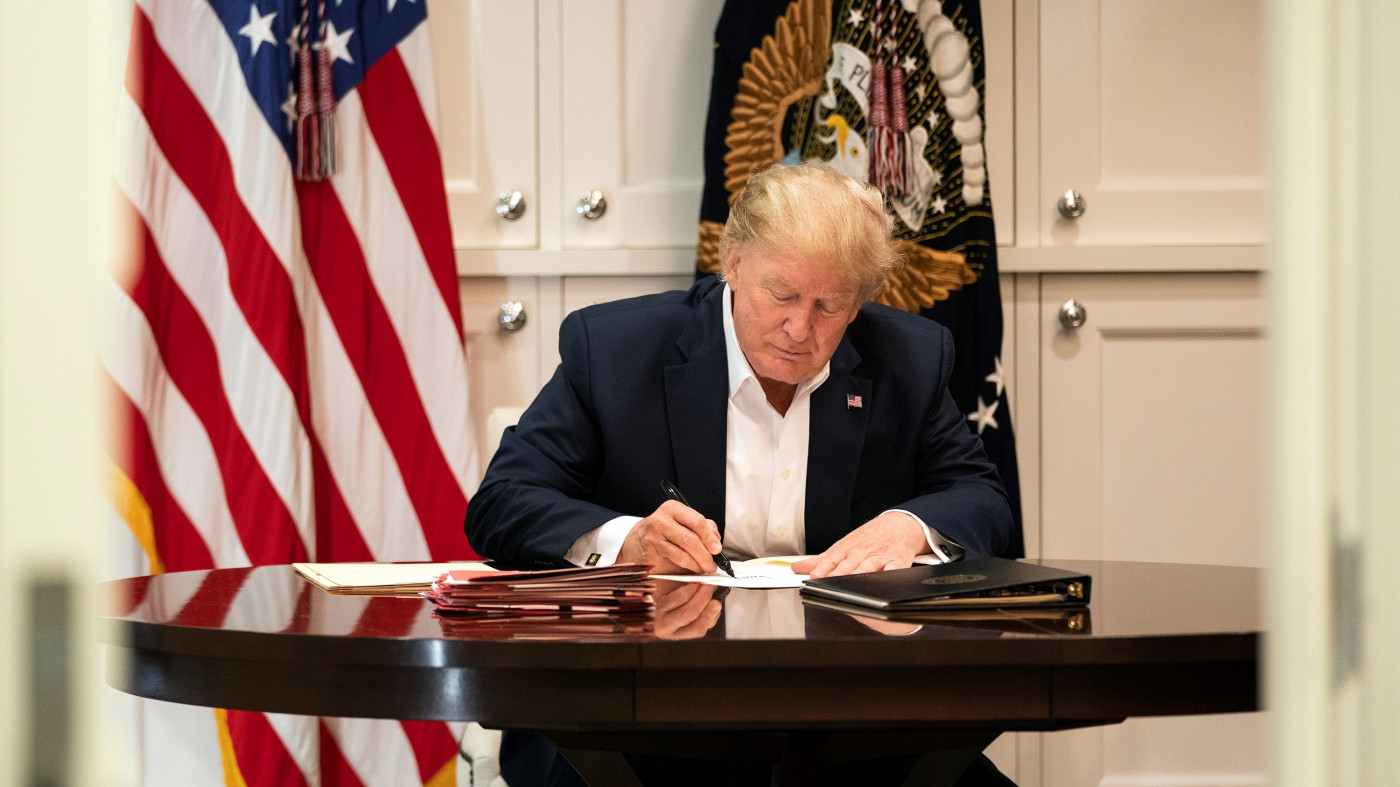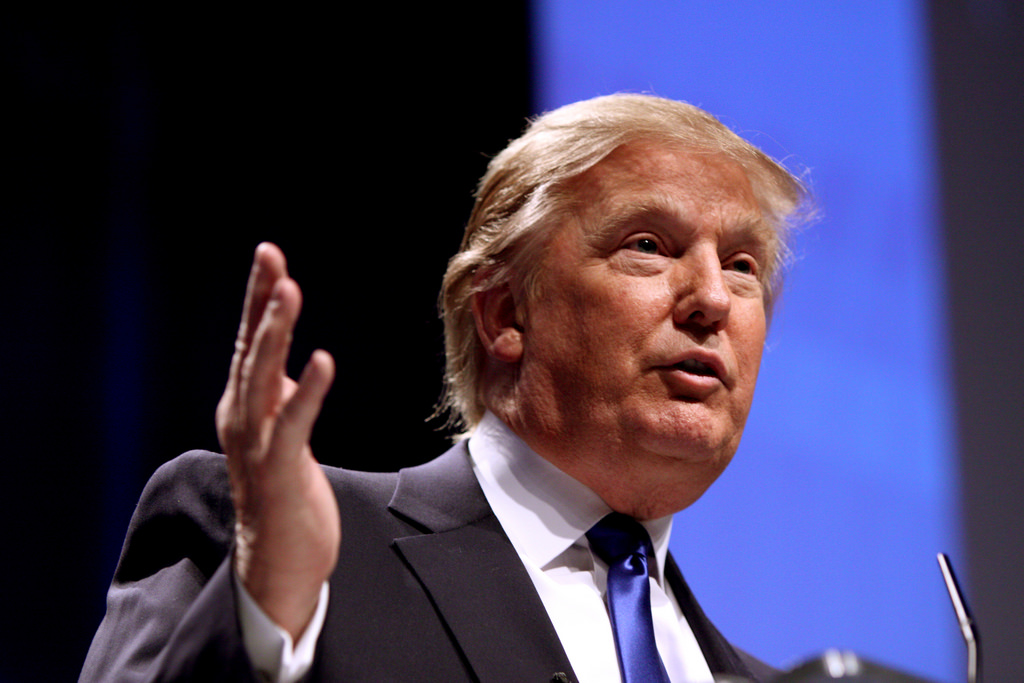Will Trump Really Give Back The DOGE Savings To Taxpayers?
A concept initially introduced on social media has gained traction at the White House, receiving enthusiastic support from President Donald Trump: the proposal to allocate a portion of the savings from billionaire Elon Musk's initiative to reduce government expenditures back to taxpayers.
“I love it,” Trump remarked late Wednesday while aboard Air Force One, in response to inquiries about the proposal.
Proponents of the idea assert that if Musk successfully achieves his goal of $2 trillion in spending reductions by the following year, approximately one-fifth of that amount could be returned to taxpaying households in the form of checks around $5,000.

However, before making any financial plans based on this potential windfall, budget analysts caution that such substantial savings—nearly one-third of the federal government's annual budget—are exceedingly improbable. Additionally, economists warn that distributing checks akin to the stimulus payments issued by Trump and President Joe Biden during the pandemic could exacerbate inflation, although officials from the White House downplay this concern.
The annual budget deficit reached $1.8 trillion last year, coupled with Trump's proposal for substantial tax reductions, which will create considerable pressure to allocate all savings towards mitigating that deficit instead of distributing a portion of it.
Key details regarding the proposal include:
James Fishback, the founder of Azoria Partners, an investment firm established at Trump’s Mar-a-Lago estate in Florida, advocated for this concept on Tuesday via X, previously known as Twitter. This prompted Musk to indicate that he would "check with the president." Fishback also mentioned that there have been "behind the scenes" discussions on this matter with officials from the White House.
Musk has claimed that his Department of Government Efficiency has achieved $55 billion in cuts thus far, which represents a small fraction of the $6.8 trillion federal budget. However, the public statements from DOGE have not substantiated the anticipated savings, and its assertions regarding fraudulent Social Security payments to deceased individuals have been debunked.
Fishback advocates for the nonpartisan Congressional Budget Office to assess the savings attributed to DOGE. He stated that if DOGE manages to cut $500 billion by July 2026, the resulting checks would amount to $1,250 instead of $5,000.

“We uncovered enormous waste, fraud and abuse,” Fishback said in an interview with The Associated Press. “And we are going to make good and pay restitution and then rewrite the social contract between the taxpayer and the federal government.”
Fishback advocates for the distribution of checks instead of allocating all available funds to deficit reduction, as this approach would motivate Americans to identify and report instances of wasteful government spending within their communities to DOGE.
To clarify, the proposal stipulates that DOGE must first finalize its tasks, which are expected to be completed by July 2026. Following this, one-fifth of any savings achieved could be allocated later that year to approximately 79 million households that are subject to income tax. It is important to note that around 40% of Americans do not pay income taxes, and therefore, would not receive a check.
RELATED: Ethics Watchdog Flags Potential Conflicts and Records Violations at Musk's DOGE Agency.
Many economists and budget analysts express skepticism regarding the proposal's emphasis on "waste, fraud, and abuse" as a viable means to significantly reduce government spending. For decades, budget-cutters from both political parties have attempted to eliminate "waste," which lacks substantial political support, yet have seen limited success in decreasing the deficit.
The Trump administration's most significant action to date has been the dismissal of tens of thousands of government employees; however, these alterations are unlikely to result in substantial financial savings.
“Only a small share of total spending goes to federal employees,” said Douglas Elmendorf, former director of the Congressional Budget Office. “The big money is in federal benefits and in federal taxes and those are not in DOGE’s purview.”
In November, John DiIulio Jr., a political scientist affiliated with the University of Pennsylvania, articulated in an essay for the Brookings Institution that the complete dissolution of the federal civilian workforce would still result in approximately 95% of federal expenditures and the existing $34 trillion national debt remaining intact.
DiIulio pointed out that government contractors and nonprofit organizations receiving federal funding currently employ three times the number of individuals compared to the federal government's workforce of 2.2 million.
Trump and his economic advisors attribute the most significant inflation surge in four decades to Biden's distribution of $1,200 stimulus checks in the spring of 2021. However, they argue that checks issued as a result of decreased government spending would not contribute to inflationary pressures.

Kevin Hassett, the director of the National Economic Council at the White House, stated on Thursday that since the funds would have been utilized by the government regardless, consumer spending of that money would effectively balance out. Both Biden's and Trump's pandemic-related stimulus checks were financed through deficits, which can potentially exacerbate inflation.
Conversely, Ernie Tedeschi, the director of economics at the Yale Budget Lab and an economist within the Biden administration, remarked that additional government checks are “the last thing we need economically right now.”
The current unemployment rate in the United States is significantly lower than it was in 2021, as noted by Tedeschi. This decline suggests that businesses may face challenges in recruiting sufficient employees to satisfy the increased demand resulting from a new round of stimulus checks. A shortage of workers can lead to rising prices.
However, certain Democrats concur with Hassett, albeit for distinct reasons.
"I can’t imagine they’d be inflationary because I can’t imagine they’d be big enough,’’ said Elaine Kamarck, senior fellow in governance studies at the Brookings Institution.
Kamarck, who collaborated with Vice President Al Gore to reduce government expenditures during the Clinton administration, characterized the DOGE dividend as "ridiculous.”
“There’s no money there, and certainly not enough money to make a big contribution to taxpayers," she said. “The guy just says things," she added, referring to Musk.
Some critics say that Trump and Musk’s so-called "DOGE dividend" is nothing more than a political stunt designed to mislead the American people. The idea that government waste can be slashed so dramatically—and that those savings will be handed back to taxpayers—is a fantasy.
RELATED: Can Musk Still Harm OpenAI Despite Failed Bid?
Musk’s vague claims of billions in savings lack evidence, and Trump’s history of grand economic promises rarely materializes. This scheme plays on frustration with government inefficiency while distracting from real economic issues. Ultimately, it’s a hustle—another attempt to sell voters on an illusion while the wealthy and powerful continue to benefit at everyone else’s expense.










